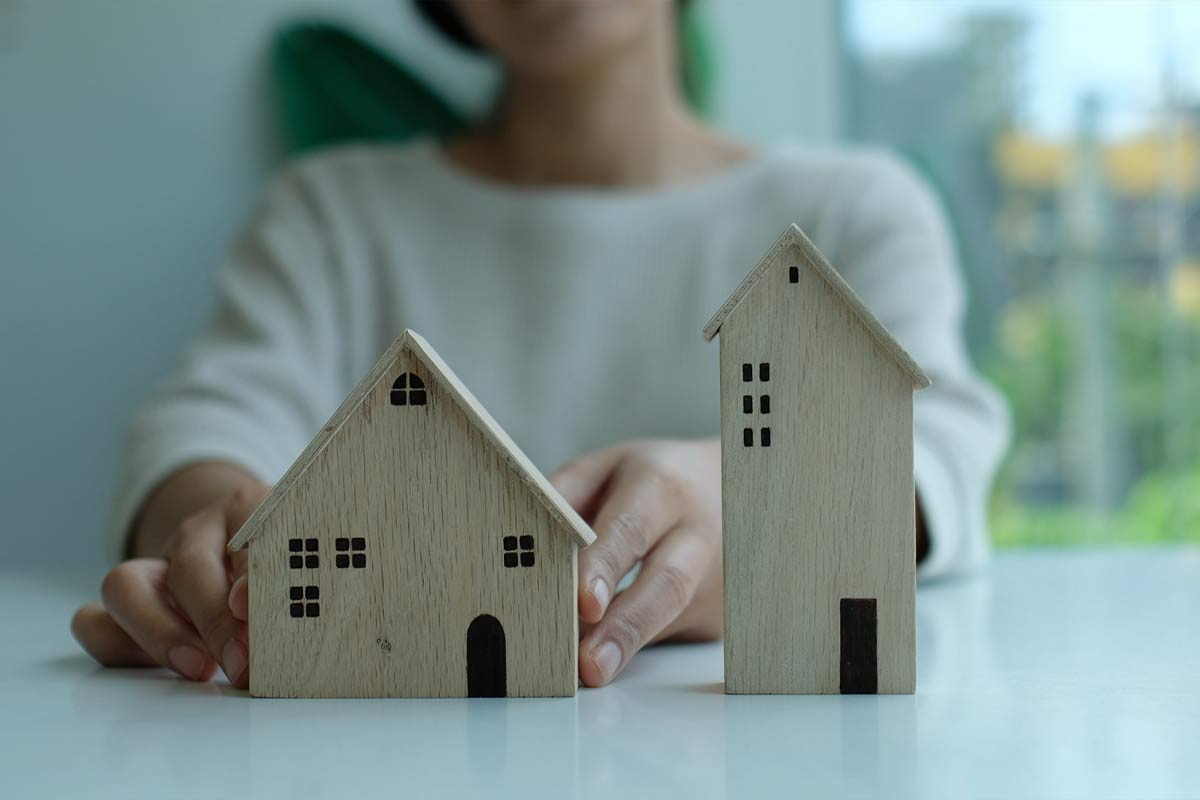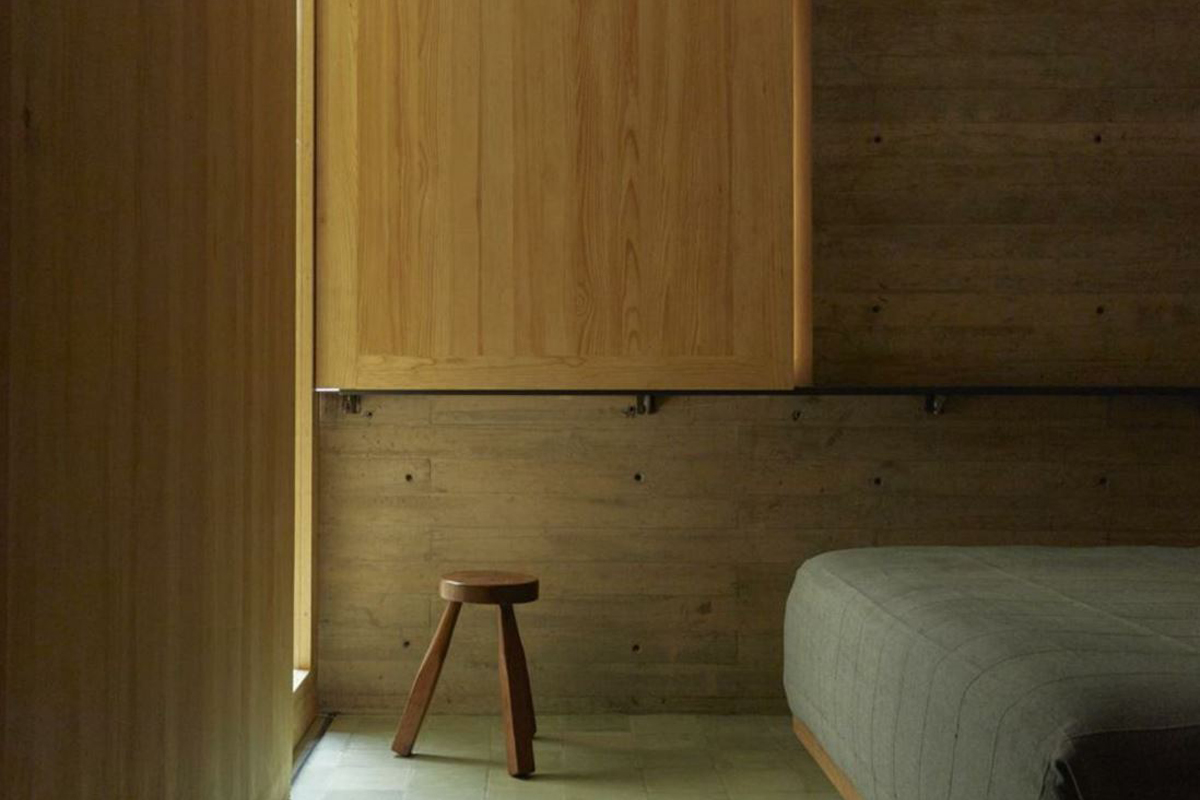A few days ago, we were in Bologna for one of our most engaging lectures—an event dedicated to bioclimatic interior architecture, aimed at architects, designers, and also those who, even without a professional background, have come to understand how essential the home environment is to both physical and mental wellbeing.
Talking about healthy homes is no longer a niche topic for professionals—it has become a necessity. This applies to everyone. Every element in our homes—from the materials and colors, to the arrangement of furniture and the orientation of windows—can profoundly impact our quality of life.
At Goldmann & Partners, we’ve spent nearly four decades working to bring this awareness into everyday practice. During the lecture in Bologna, we focused on several key questions: What does environmental comfort really mean? How do we create harmony between indoor and outdoor climates? Which natural materials are truly sustainable? And how can we begin to make our homes healthier and more harmonious—even without turning everything upside down?
There is never a single answer. But there is a method. A method that sees interior architecture as a bioclimatic system—one that’s in constant dialogue with the human body, the landscape, light, sound, and the rhythms of nature. A method that combines environmental science, the art of design, and respect for the people who inhabit the space.
We discussed natural light, cross ventilation, indoor air quality, healing colors, and breathable materials. But most of all, we listened. Because every home is unique—just like the people who live in it.
The best part of these events? There’s always a before and after. Before, there’s a vague sense that something isn’t quite right in your living space. After, there’s the awareness that the discomfort has a name—and, more importantly, a solution.
If you’d like to learn more about this approach—new, yet deeply rooted in tradition—subscribe to our newsletter or email us at info@raremood.it.
Because a home can (and should) make you feel good. And if it doesn’t, it’s worth finding out how to make it better.






